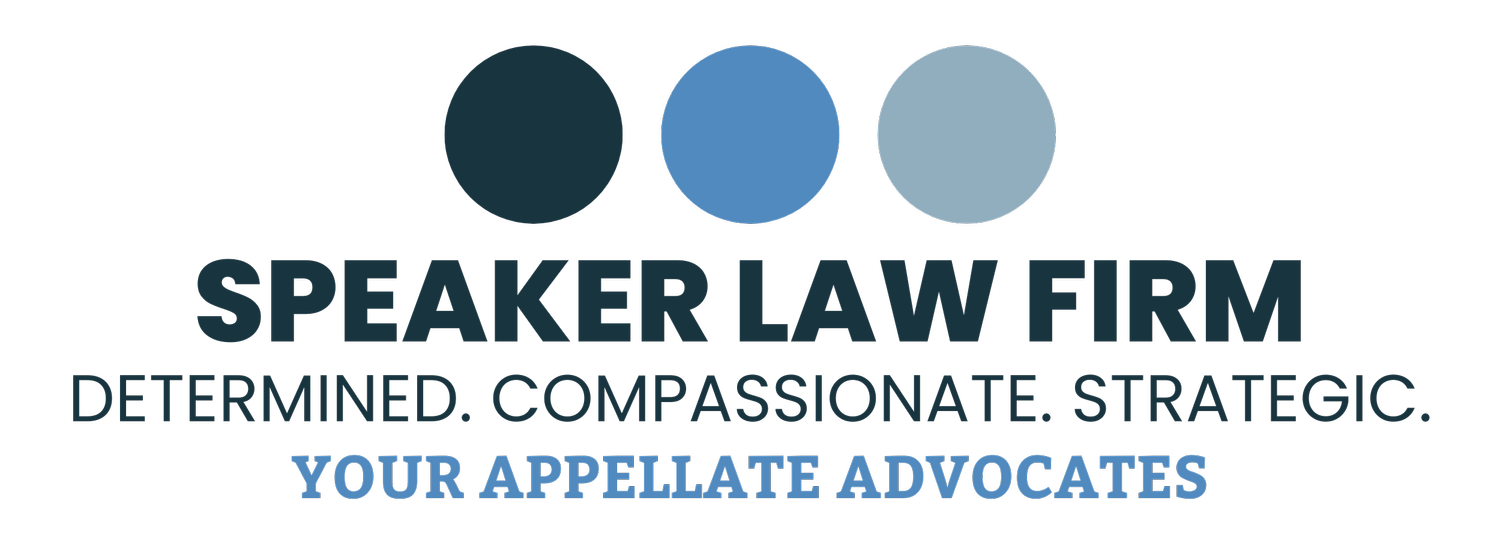A New Standard to Ensure the Judicial Veil of Impartiality
Yesterday, the Michigan Supreme Court released a unanimous decision in People v Stevens, __ Mich __; __ NW2d__ (July 23, 2015) (Docket No. 149380), where it reversed a defendant's conviction for second degree murder and child abuse and remanded to the trial court for a new trial because of the trial judge's improper conduct that "pierced the veil of judicial impartiality." The Supreme Court established a new standard to clarify the long history of conflicting case law to determine what it means to pierce the veil of judicial impartiality: "A judge's conduct pierces this veil and violates the constitutional guarantee of a fair trial when, considering the totality of the circumstances, it is reasonably likely that the judge's conduct improperly influenced the jury by creating the appearance of advocacy or partiality against a party." To help in the application of this test, the Supreme Court set forth a non-exhaustive list of factors that a reviewing court should consider when determining if the veil has been pierced: "[1] the nature of the judicial conduct, [2] the tone and demeanor of the trial judge, [3] the scope of the judicial conduct in the context of the length and complexity of the trial and issues therein, [4] the extent to which the judge's conduct was directed at one side more than the other, and [5] the presence of any curative instructions." Slip op at 9. The opinion was clear that each of these factors should be considered under a totality-of-the-circumstances approach, weighing the relevance and significance of each of the factors as applied to the specific facts of the case. Slip op at p 10. Justice Bernstein's opinion provides a discussion of how to apply each of these factors and for what a reviewing court should look, making sure to again clarify other considerations outside the factors may be relevant. Slip op at 10-15.
Importantly, the Supreme Court also held that the harmless-error standard did not apply to cases where the judge is shown to pierce the veil of judicial impartiality because "judicial partiality can never be held to be harmless . . . even if no particular prejudice is shown and even if the defendant was clearly guilty." Slip op at 16-17 (internal citation omitted). The proper remedy, the Supreme Court therefore held, is to reverse and remand for a new trial.
In applying the test to the facts before it, the Supreme Court held the trial court judge's behavior under each factor (other than the curative instruction factor) under the newly established test indicated that the trial judge pierced the veil of judicial impartiality. The trial judge undermined defendant during his testimony and through other witnesses, undermined defendant's expert witnesses, and severely intruded into the prosecutor's role. The judge's inquiry into the witnesses reflected its bias, not just in the disparity of the number of questions against the defense versus the prosecution, but in the content and tone of the questions. For example, the judge undermined the defendant's expert by preventing him from fully testifying by asking a lot of questions before the defense could develop a record of the expert's opinion and by also putting into question the defense expert's credentials, after the trial court had already endorsed the witness as an expert. The judge even used the phrase "that's just your opinion" when questioning the expert. The trial judge bolstered the prosecutor's witnesses, for example wanting the prosecutor's expert to emphasize his status as a head medical examiner when the judge had asked multiple questions about the defense's expert's credentials regarding his status as an assistant. The Supreme Court's opinion stressed that judges have authority to question witnesses, but that the questioning should be impartial and relate to clarifying evidence in the record. The trial judge here misunderstood his role, even stating when defense counsel objected to his behavior, "[I]f I have a question I can ask a question, all right?" The Supreme Court noted that the judge did provide a general curative instruction, but that the judge's improper behavior was so excessive and biased that the curative instruction could not overcome the totality of the circumstances. Therefore, the Supreme Court reversed the case and remanded to the trial court for a new trial.
